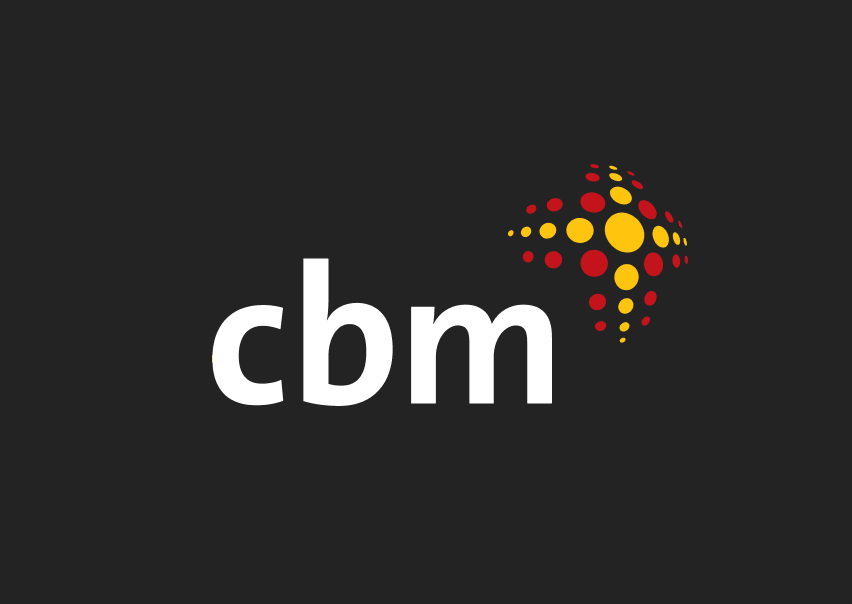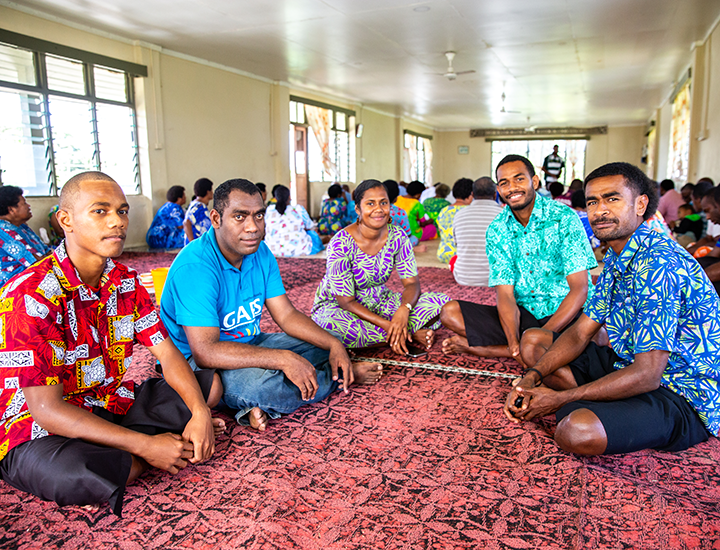The transformative power of disability-inclusive education
Pacific, Stories | June 25, 2024
The need for a more inclusive approach to education is clear. Half of the 65 million people with disabilities in developing countries are out of school and those in school are unlikely to be accessing equitable, quality education.
Over the past decade, there has been a growing international commitment towards inclusive education, with the adoption of the Convention of the Rights of Persons with Disabilities (CRPD) in 2006 and the more recent 2030 Agenda for Sustainable Development, which has inclusive and equitable quality education as one of its goal.
The benefits are clear: creating inclusive schools reinforces the important human rights values of dignity, equality, personal autonomy and choice. Yet, inclusive education is not only about meeting human rights obligations. It is also about celebrating diversity, promoting a more sustainable path to development and helping bring an end to poverty, thereby leading to more inclusive societies.
Inclusive education can benefit all children. When teaching adapts to the variety of ways in which children in the classroom learn, then all children are successful learners.
Inclusive education as an approach is still not widely understood. Disability-inclusive education systems can better meet both the general and specific learning needs of all children, including those with disabilities. It recognises that inclusive education is a complex process and aims to help governmental and non-governmental actors to navigate the most suitable pathways to change.
CBM supports and advocates for inclusive education as the most appropriate option for learners with a disability. This approach requires specialist support, is often linked with inclusive education resource facilities, and requires development of local skills and capacity. Inclusive education is complex; it involves much more than simply placing children with disabilities into mainstream classes. It requires a diverse range of stakeholders – from learners, their families, teachers, and communities, to governments, and international donors – to be committed to facilitating and supporting interrelated changes to attitudes, policies, practices, resources, funding and environments. It also recognises a commitment to supporting learners with disabilities to have choice in their learning environment.
Each actor in this process of change has their role to play, their area of expertise to contribute, and particular barriers to inclusion and participation for which they can champion solutions. Some will focus on policy and law, others on stakeholder engagement, teacher education or accessible environments. Some actors will take on multiple roles, but no single actor in inclusive education will ever successfully play every role alone.
“Alone we can do so little, together we can do so much.” Helen Keller
The key to the kind of long-term, persistent education system reform that is needed lies in finding ways to bring every actor’s role together in a collaborative effort – like putting the pieces of a jigsaw puzzle together. Even when stakeholders are working together effectively, the process of change may be slow. It is never going to be just one quick step from non-inclusive to inclusive education.
Further reading
CBMs inclusive education resource “My Right is Our Future: The Transformative Power of Disability-Inclusive Education”
https://www.cbm.org.au/stories/the-transformative-power-of-disability-inclusive-education
Related Stories

Building a Just and Inclusive Future: Disability-Inclusive Disaster Risk Reduction and Climate Action
People with disabilities are among the hardest hit by...

Week 1 – Lent series 2025
Being held by Jesus…held together by Jesus, invites us to lean into solidarity. As we begin Lent today, we will be reflecting on the theme...

Five things organisations should think about when supporting OPDs in capacity strengthening
Strengthening the capacity of organisations of people with disabilities...
